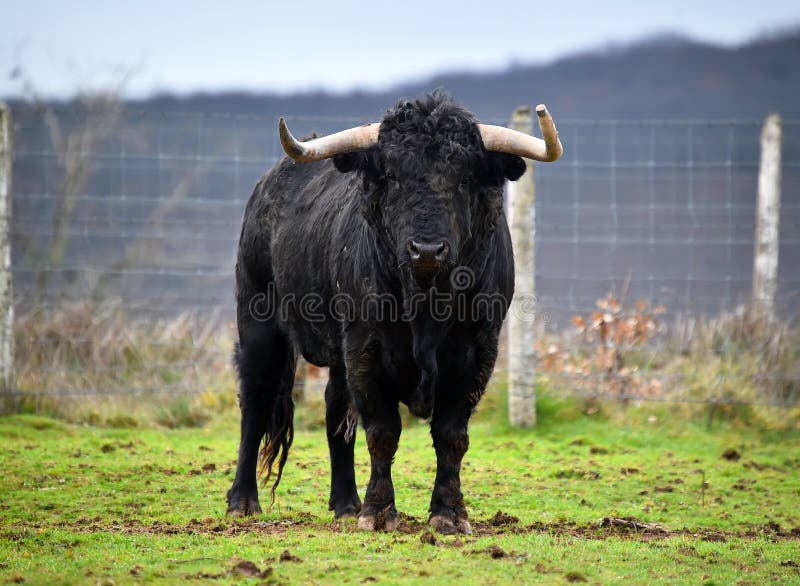

it always has been,” Leonard Slabaugh continued. Although their natural habitat centers around the woodland lakes and ponds of the eastern and southern U.S., these profitable amphibians have been known to thrive in cultivated waters as far west as the Pacific coast and as far north as southern Canada.

True bullfrogs (Rana catesbiana) - the webfooted livestock that Slabaugh specializes in - are not difficult to identify since they’re the largest frog native to the continental United States. Then, half a minute later, pairs of marble-sized eyes began peeping above the surface of the pond like submarine periscopes searching for the enemy.

Come on out to the breeder pond and I’ll tell you all about it.” Frogs Plop, Plop, PlopĪs we walked up to the mini-lake, I saw hundreds of startled giant bullfrogs jump into the water. “Yep, you can make big money with these little rascals. and I realize anywhere from $2.50 a pound to $25 per frog!” Leonard Slabaugh - against a background of grunts and croaks - was telling me his success story with as much enthusiasm as a gold prospector who’s suddenly struck it rich. “Why, I can harvest 6,000 frogs a year on this two-acre farm. and requires only one hour of his time each day! For Leonard swears that his highly unusual crop - Live Bullfrogs - returns a full $10,000 profit. Then there’s Leonard Slabaugh, a Missouri farmer with a completely different approach. and around $175 with an acre of soybeans. approximately $160 from the same amount of corn. Most business-minded farmers can figure on making about $69 gross income on an acre of wheat. Is frog farming profitable? If you are wondering how to raise bullfrogs, read on to learn more about this low-maintenance livestock.


 0 kommentar(er)
0 kommentar(er)
